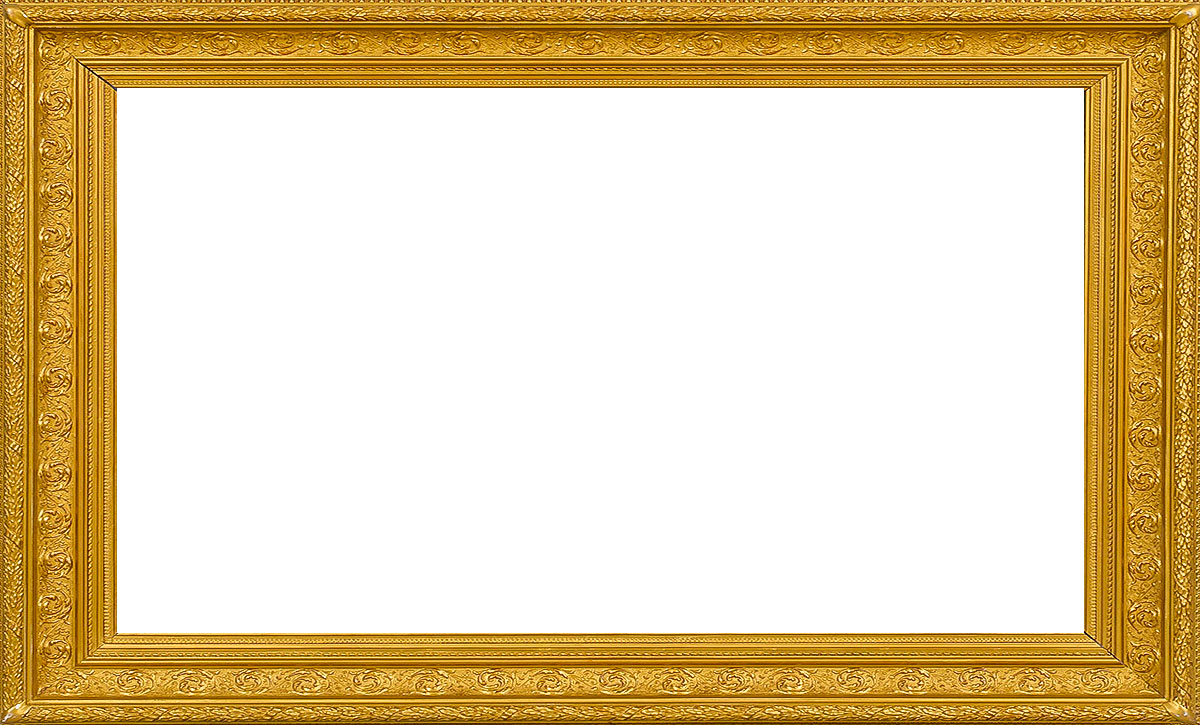The relationship between art and money has always been somewhat problematic. The romantic myth of the poor and uncompromising starving artist whose work is only discovered after they have died of misery seems to live on stubbornly. And so does the myth of the artist’s freedom: they are bohemians detached from power structures, everyday responsibilities – and money. Money is impure and it corrupts art. This myth, preserved partly by artists themselves as well as their clients, may have its hand in ensuring that the wages in creative industries often continue to lag behind. Still, a professional artist has to make a living somehow.
An artist’s livelihood is scattered around the world in many pieces. For example, over a half of a visual artist’s annual income typically comes from something other than artistic work. To keep their body and soul together, an artist then has to take on work not related to their artistic career. An artist often has to explore the wild jungle of temporary jobs, commissions, selling their art and applying for grants and social benefits. And when in the jungle, the law of the jungle applies.
There used to be patrons who supported their protégés. Times have changed. In Finland, we at least have a wide and diverse grant system for the promotion of the arts, even though only one per cent of the government budget is reserved for the arts and culture. Unfortunately, these grants don’t necessarily count as income when accruing one’s pension, for example, so those in the field of arts often slip through the net in the eyes of social security.
To someone working in the creative industries, the thought of becoming an entrepreneur might feel odd at first, but the truth is that an entrepreneur and an artist have a lot in common. Stereotypically and idealistically, it can be said that both entrepreneurs and artists take responsibility for their actions and stand by their words, opinions and deeds instead of hiding behind the “I just work here” notion. Entrepreneurship can also offer solutions to the problems of putting a price tag on professional artistic work.
Professionals in creative industries (and other industries, too) should be open-minded in their search for new and innovative ways to capitalise on their artistic work. In this regard, entrepreneurship opens many doors. . In any case, you should come to terms with the thought that, to succeed, you have to work your derrière off without counting the hours. But if you love what you do, maybe your derrière can take it.
Original text: Minna Hokkanen & Antti Haapio.
This blog post has been translated into English by Tampere University students of multilingual communication and translation studies.



